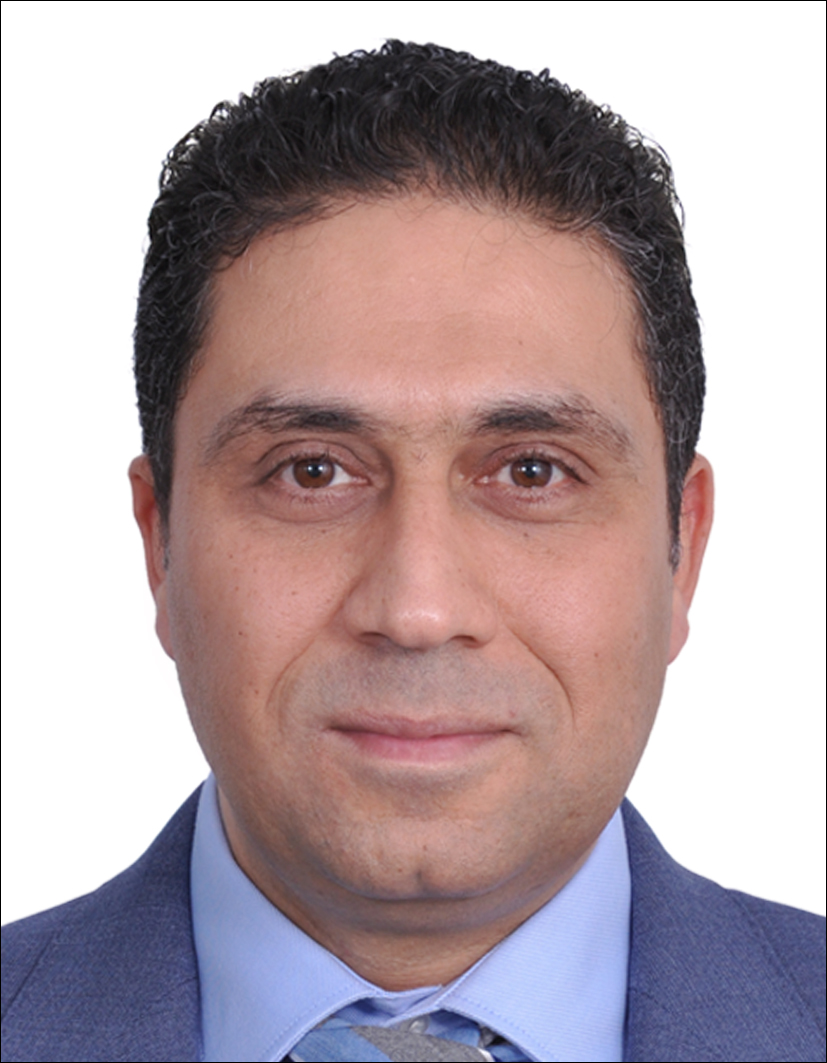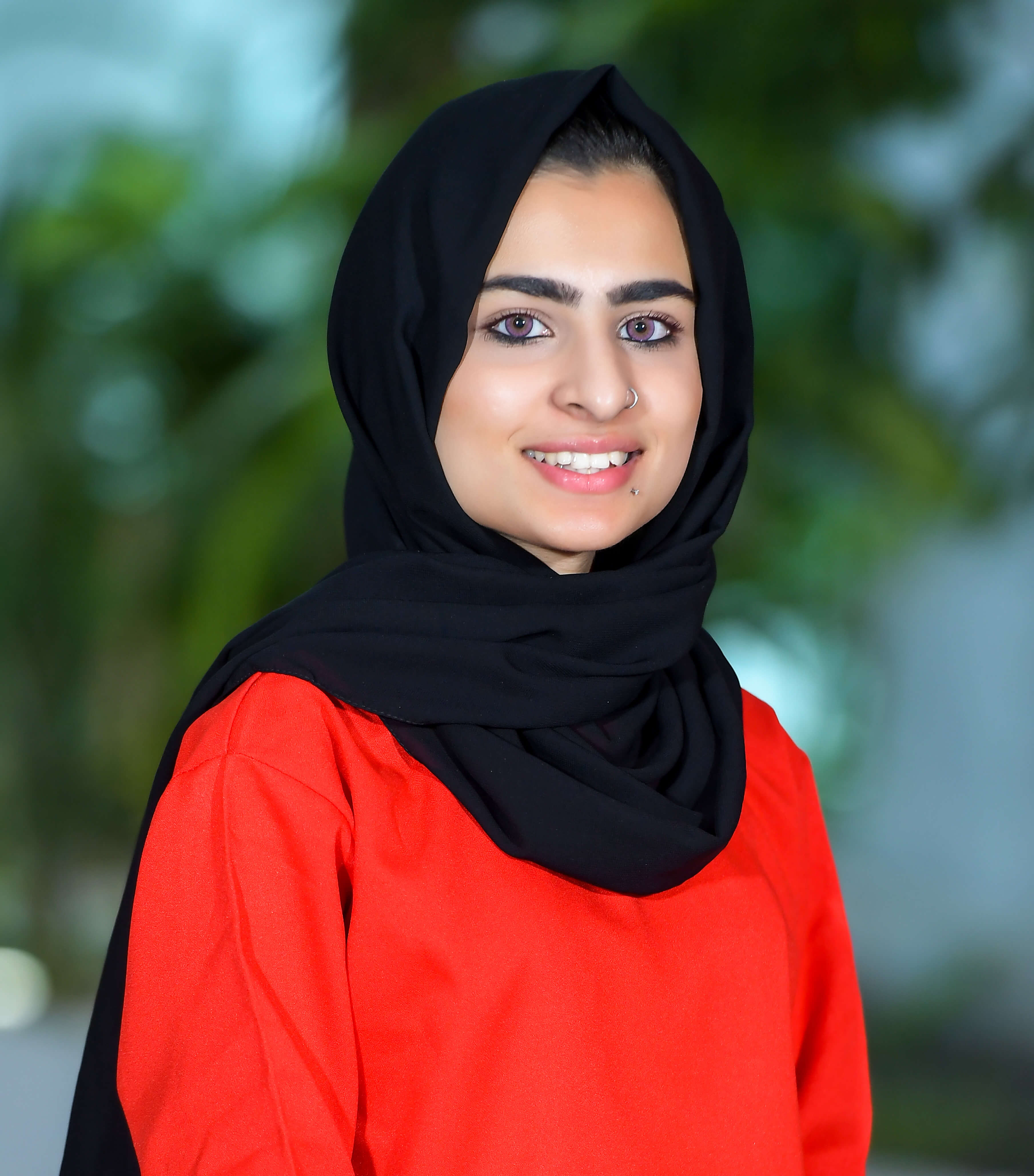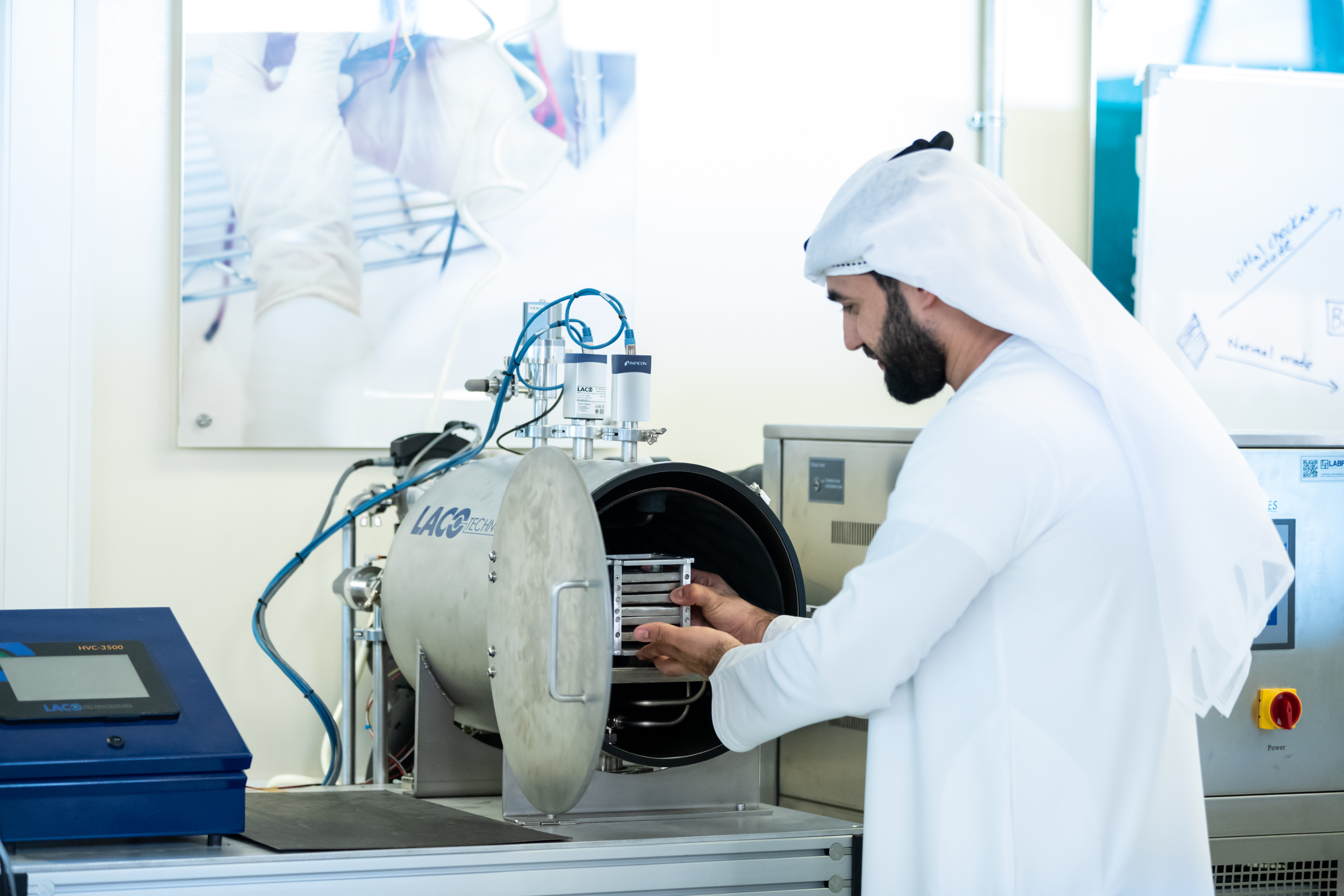
The Yahsat Space Lab (YSL) was established by Khalifa University, Al Yah Satellite Communications Company (Yahsat), UAE Space Agency, and Northrop Grumman to support the first multidisciplinary academic space program in the UAE. YSL is part of the Khalifa University Space Technology and Innovation Center (KUSTIC) and it is the first space systems lab in UAE with Assembly-Integration-Verification (AIV) facilities to build CubeSats of size up to 6U and a mass up to 10 kg. Students enrolled in Khalifa University’s Space Systems and Technology concentration have the opportunity to get involved in a complete life cycle design and development of a CubeSat.
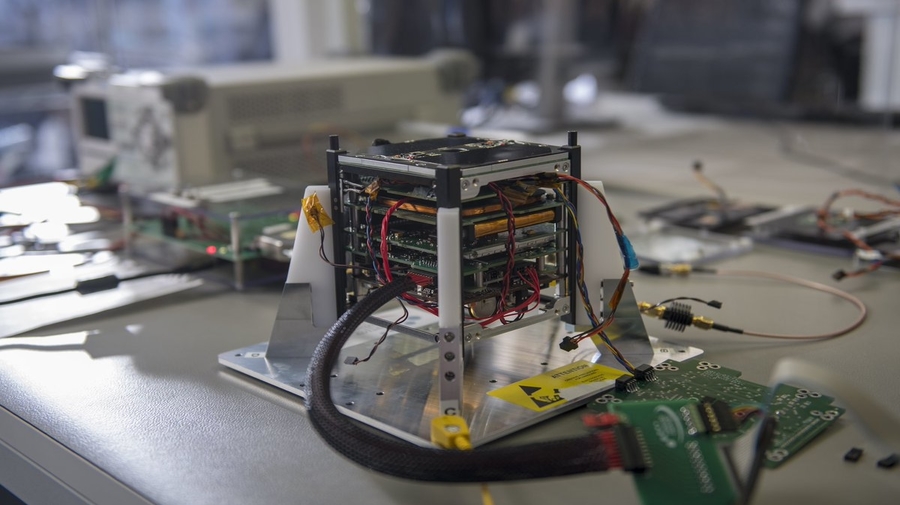
MYSat-1 is the first nanosatellite of Yahsat Space Lab, funded by Yahsat in partnership with Khalifa University and Northrop Grumman. It is a 1U size CubeSat that was developed, built, and tested by graduate students from the Yahsat Space Lab. It provides a demonstration of earth-observation by taking images of the Earth and transmitting them to the ground station. In addition, it demonstrates the performance of a new type of Lithium-Ion battery in the space environment, developed at Khalifa University’s laboratories.
MeznSat is a 3U CubeSat for greenhouse gases monitoring which was developed by the American University of Ras Al Khaimah (AURAK) with collaboration with the Yahsat Space Lab and funding provided by the UAE Space Agency. MeznSat has two main payloads: An Argus 2000 spectrometer operating in Short-Wave Infra-Red (SWIR) range of 1000 - 1650 nm as a primary payload, and an RGB camera as secondary payload. The processing workflow for this mission is responsible for acquiring tangible information regarding the atmospheric concentrations of greenhouse gases above the UAE, by processing the data from the Argus 2000 spectrometer. With the aim of monitoring the specific cases of Carbon Dioxide and Methane.
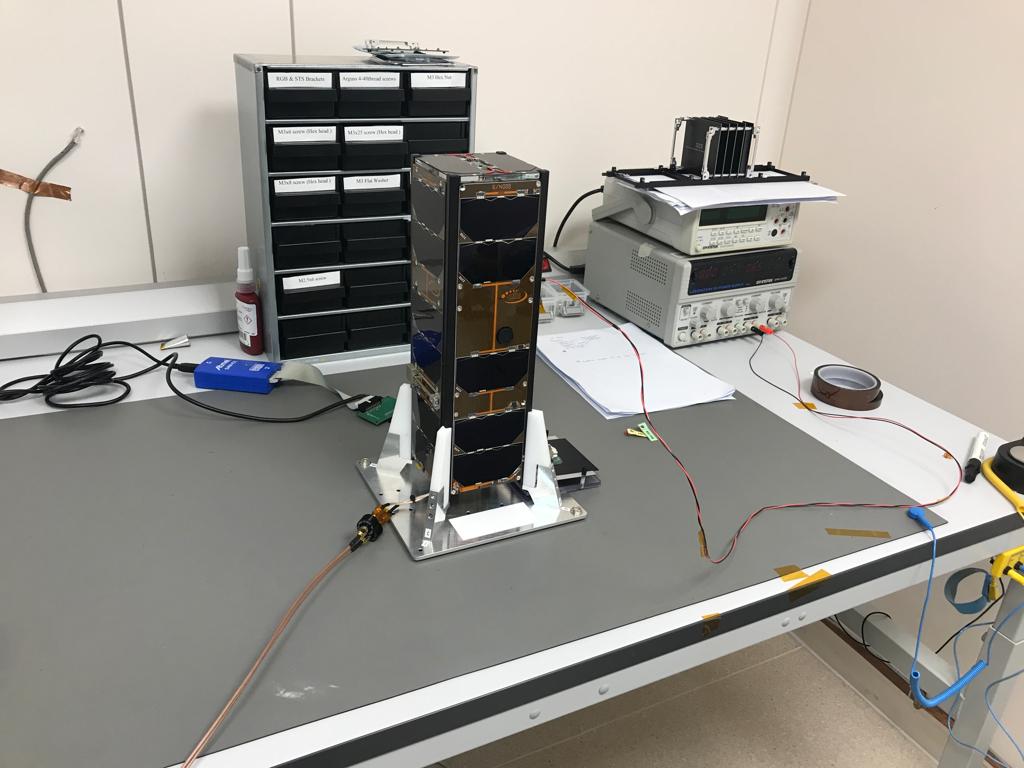
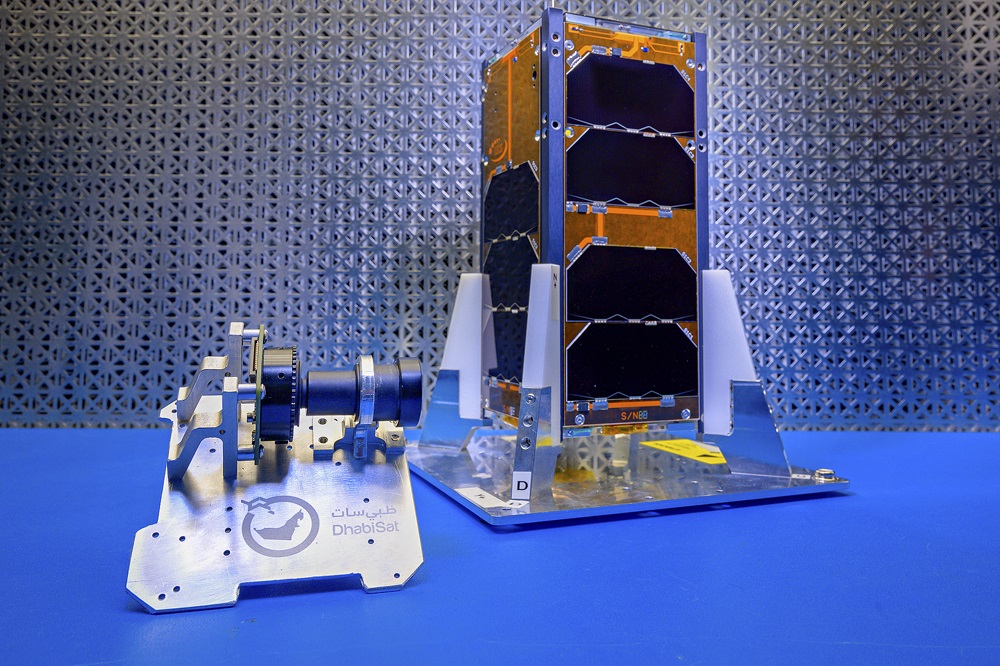
DhabiSat is the second nanosatellite initiated and funded by Yahsat in partnership with Khalifa University and Northrop Grumman. It is a 2U size CubeSat that was developed, built, and tested by graduate students from the Yahsat Space Lab. The mission of CubeSat is to verify the accuracy of different attitude determination and control system (ADCS) algorithms, by capturing photos in the pointing direction using a digital camera payload. The captured photo is to be compared with the expected acquisition. The system will evaluate novel algorithms developed by the students while also testing the software based on existing algorithms in the literature. The eventual aim of the mission is to produce an ADCS software library that could be used in future missions.
Light-1 is a 3U CubeSat developed between Khalifa University and New York University Abu Dhabi and funded by the UAE Space Agency and the National Space Science Agency, Bahrain. The satellite’s scientific mission is to detect, monitor and study Terrestrial Gamma-ray Flashes (TGFs) that are associated with thunderstorm activities. It carries two different light sensing technologies and two different scintillation crystals, for testing their performance in space environment. In addition, the Light-1 project serves an educational objective of training students on building, developing and testing CubeSat buses.


Students and researchers are provided with the high-end workstations that can support all the required simulation and development tools for the various missions of our satellites.

Our workshop establishment has all the needed equipment for manufacturing, assembling, integrating and testing the CubeSats. Those include 3D printers, mechanical tools, power supplies, oscilloscopes and soldering stations.

The purpose of the T-VAC chamber is to illustrate that the CubeSat can withstand the thermal loading during the series of hot and cold cycles.
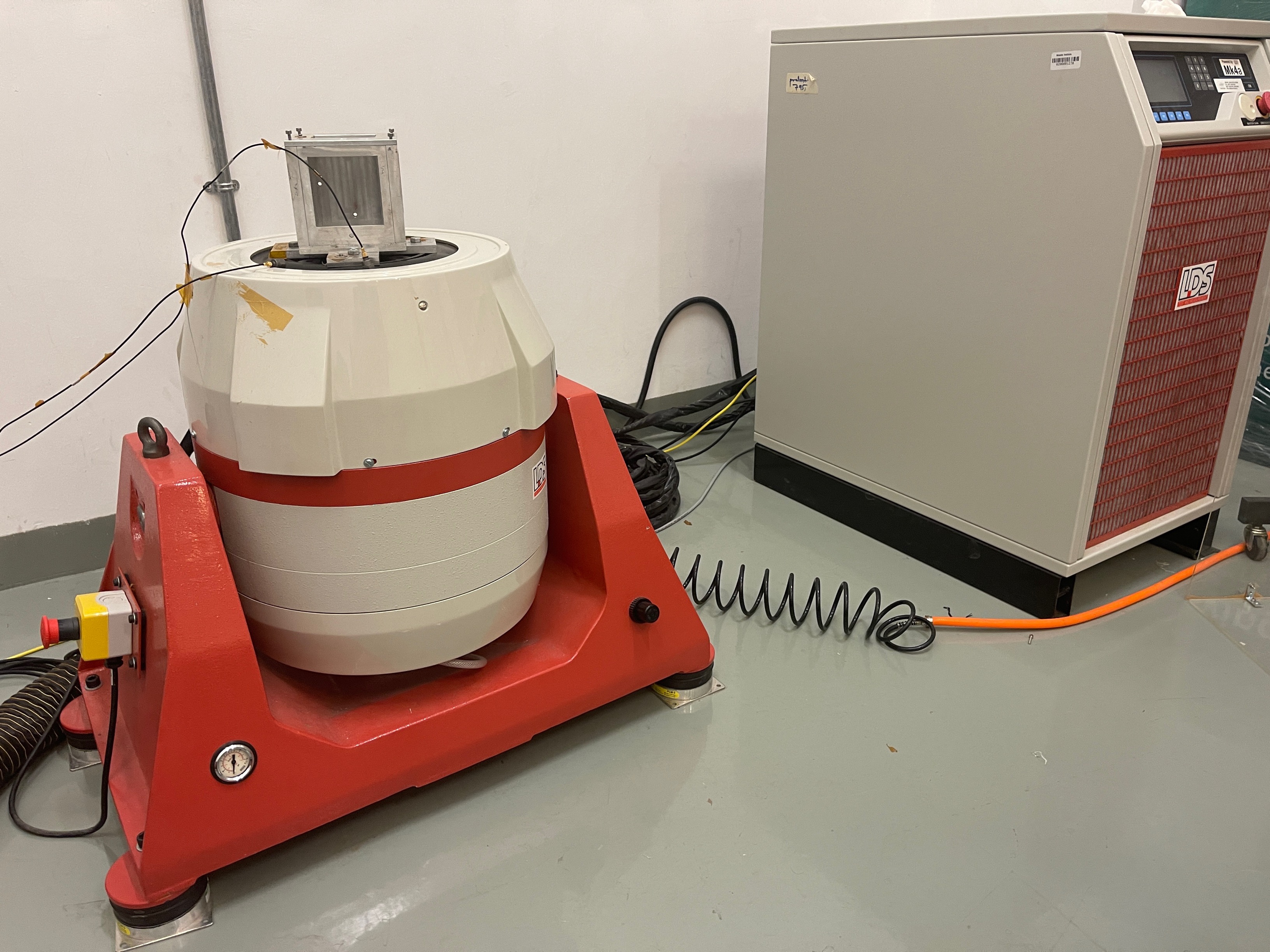
A low force shaker is essential for the vibration test to establish confidence that the CubeSat structure and its components will withstand the launch environment and function properly at the end of the flight.

In order to mitigate the risk of particle contamination on the hardware components and equipment that are used build a satellite, a class 10000 clean room is used to provide a professional assembly and integration environment.
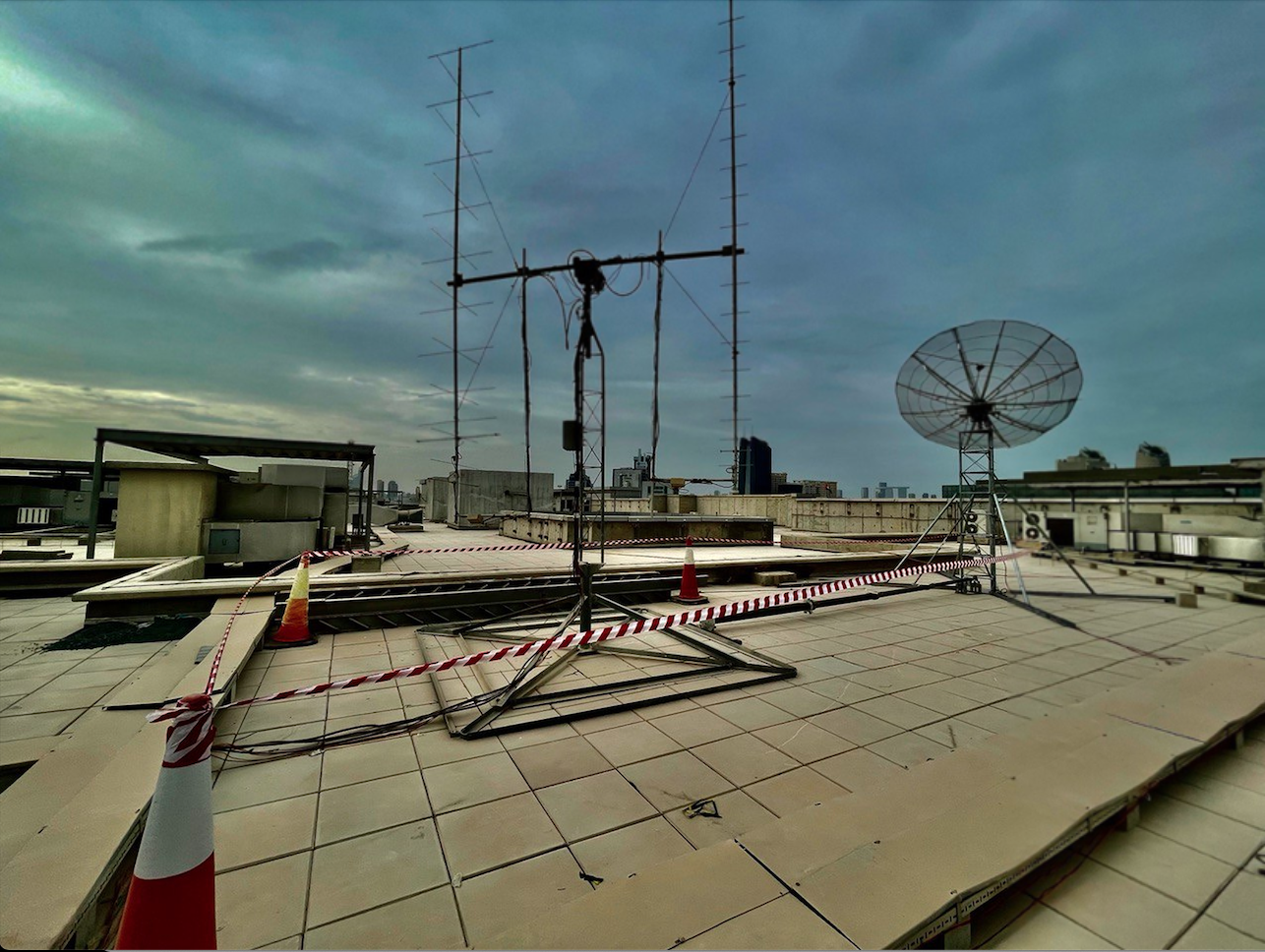
YSL Ground Station is designed to support small satellites missions for educational purposes. It enables communication with satellites by receiving data signals (downlink) and transmitting commands (uplink) on several frequency bands of operation such as VHF, UHF and S-band (receive only).
